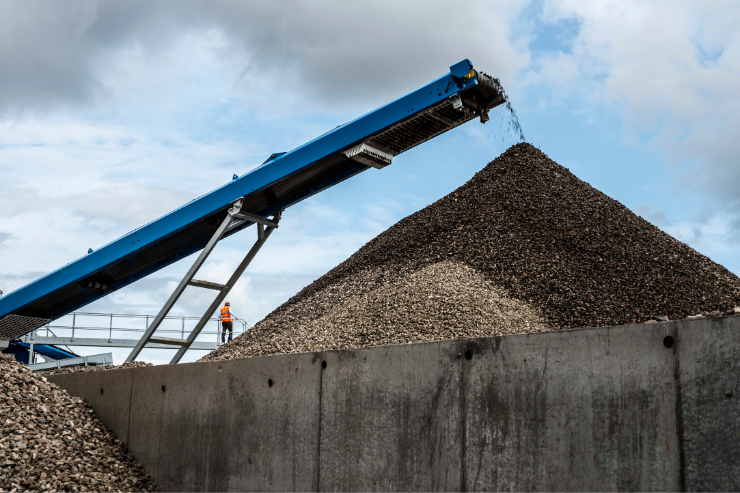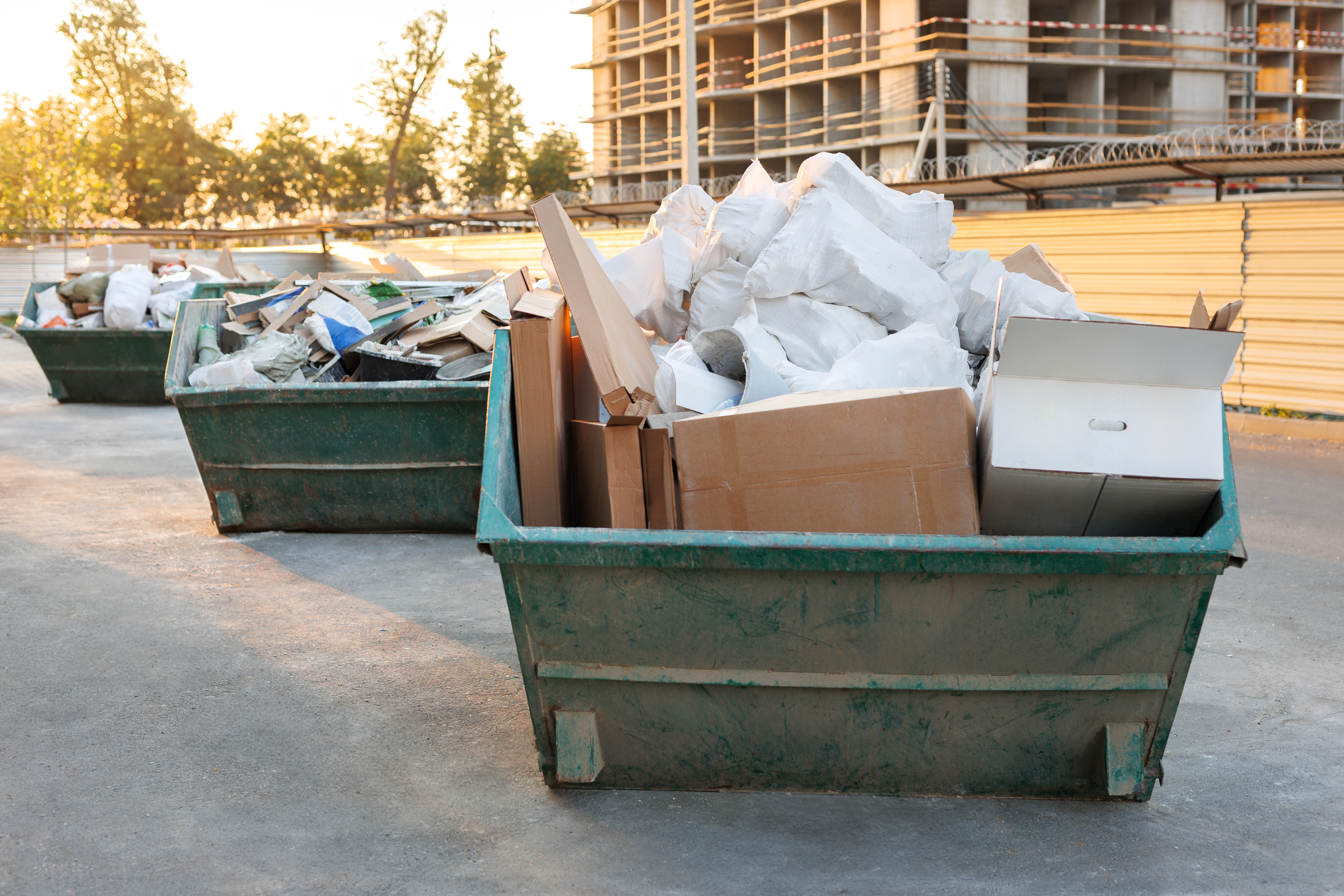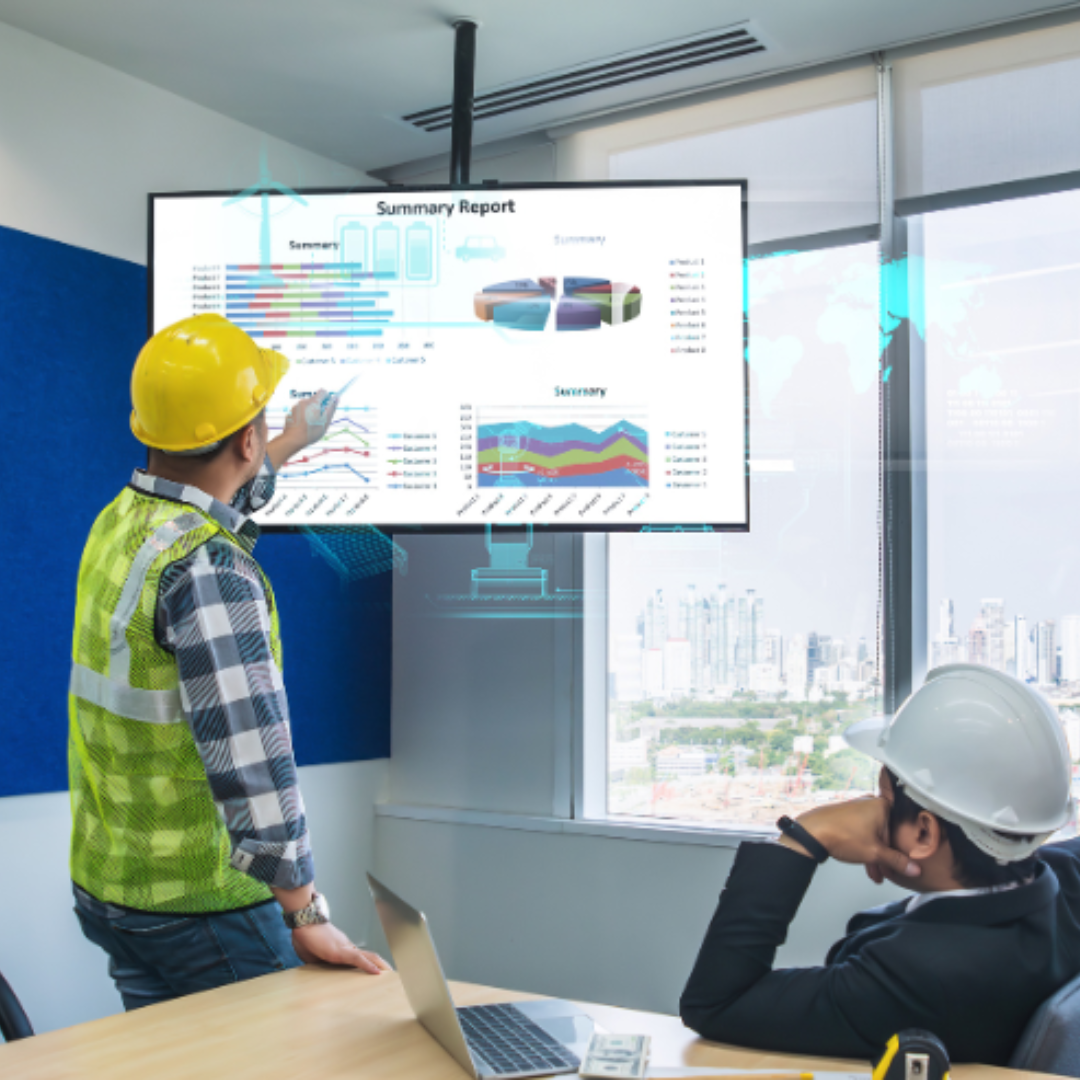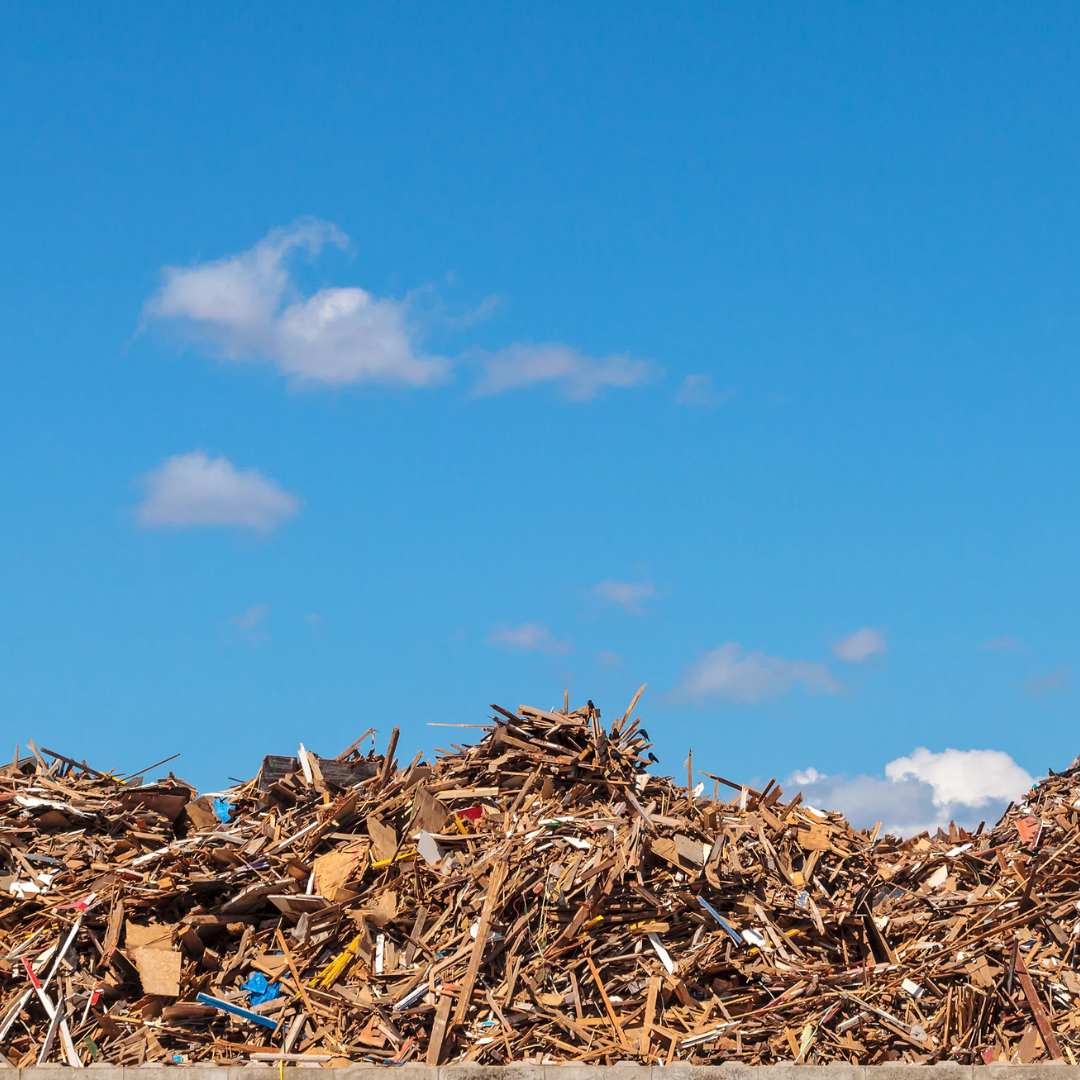How Reusing Construction Materials Reduces Construction Waste and Cuts Costs
There are many essential strategies to consider in built environment projects to effectively minimise construction waste. A significant method to...

Sustainable resource management and construction waste specialists Brewster Brothers, one of our member organisations, recently became the first business in the UK to achieve an EPD for recycled aggregates. The company, who recycle construction, demolition and excavation waste into high quality recycled aggregate, are able to offer some insight into the standards for EPDs, what the benefits are and how to acquire one.
An Environmental Product Declaration (EPD) is a document quantifiably demonstrates the environmental impacts of a product or material over its lifetime. The EPD presents the results of a Life Cycle Assessment (LCA) and does so in separate environmental categories.

The process is incredibly thorough, for example the level of detail within an LCA can go right down to fuel types, energy source mix and type of flocculant used in water cleaning processes. Additionally, EPDs are also independently verified, providing additional credibility and reliability. For example, using BRE Global ensures a stamp of quality that shows your product has gone through a rigorous verification process.
EPDs are governed by three standards:
EN 15804: Standard for the Sustainability of Construction Works and Services.
One of the main benefits of an Environmental Product Declaration is for the purposes of carbon reporting. The EPD can be used throughout the supply chain to aid the sustainability reporting of the contractors involved in a project by extracting the data from the summary table.

EPDs can also help to support the reduction of carbon emission by making it possible to compare the impacts of different products in order to select the most sustainable option. For example, the simple summary table could help to highlight which recycled aggregate produces the most carbon emissions in its life cycle. The project owner can ultimately use this data provided within the EPD to measure the embodied carbon of their project and use it as part of their application for a sustainability certification for the building or project.
Having a product verified by an EPD does not certify that it is ‘sustainable’. It simply offers transparent, quantifiable evidence to use as a benchmark against similar products. The EPD facilitates an understanding of Scope 3 emissions, and participation in a Carbon Insetting approach, which encourages the reduction of emissions throughout the supply chain.
Brewster Brothers’ EPD for recycled aggregates will help to push more and more to use recycled aggregates, which are helping to solve the issue of waste management in construction.
PCR and PO selection
The very first step of acquiring an EPD is choosing your program operator (PO) and your Product Category Rules (PCR). These choices will determine the data that you are going to need to collect, based on which stages of your product life cycle and which impact categories your LCA will assess.
Environdec provide a PCR library to research if there is a relevant PCR for your product. The next best option is to speak to an LCA expert or sustainability consultant.
LCA data collection and assessment
Conduct the life cycle assessment of your product(s), conforming to the PCR. The LCA can be performed by the company itself (in-house) or with the help of a consultant who has expertise in LCA/environmental declarations. This consultant can then present you with your LCA results.
Populate EPD format
The results of the LCA study can then be used to populate the EPD. Generally, the EPD content should be:
- in line with the requirements and guidelines in ISO 14020.
- verifiable, accurate and not misleading.
- not including rating, judgements or direct comparisons with other products.
Again, this can be performed in-house or with the help of a consultant.
Verification
This should then be passed onto a 3rd party independent verifier, such as BRE group, for assessment. The verification process must be carried out by an approved independent verifier or an accredited certification body, who holds the relevant knowledge and experience necessary.
Info exchange and feedback from verifier
There may be various requests for additional information from the verifier. Certain elements of your LCA calculation may be probed during this review, or more details may be requested. You will receive feedback from the verifier to ensure your EPD will pass verification.
This step is extremely important and can take some time to get right. If you are on a tight schedule to acquire the EPD, build in some time to account for this feedback exchange.
Registration and publication
Once all feedback has been actioned and your EPD has been verified by an independent 3rd party, it is ready to be put into the public domain via publication. You need to submit your EPD document for publication to the program operator, who will process, register and publish your EPD. Using BRE group means that your EPD will be published on Greenbook Live, with a full company page detailing the results of your Environmental Product Declaration.

There are many essential strategies to consider in built environment projects to effectively minimise construction waste. A significant method to...

When managing construction waste in your projects, understanding key challenges is essential, especially when it comes to asbestos. In this blog,...

When managing construction waste in your projects, understanding key challenges is essential, especially when it comes to asbestos. In this blog,...

1 min read
Managing construction waste is a crucial yet often overlooked aspect of built environment projects. By implementing digital solutions, contractors...

The following is content from a Construction Waste Portal partner, Brewster Brothers.